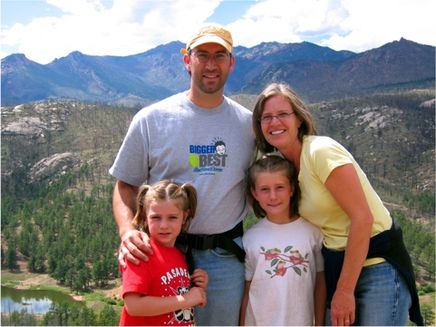How to Get Started Raising Chickens In Your Backyard - Building a Chicken Coop

Following up on my post yesterday on getting started with chickens, after you've decided to take the plunge, and in our case after you take the plunge, you need to sort out the housing for your chickens. Before you get too far make sure to check with your local zoning ordinances and neighborhood association rules. Some nearby neighbors recently built their coop only to get turned in to their neighborhood association by someone who wasn't keen on the idea. Based on Spokane County's zoning ordinances they aren't allowed to have chickens, and had to give their newly minted coop to a friend. (Boo, Hiss Spokane County. How is it that the more rural less regulated parts of Spokane don't allow chickens in residential areas while Spokane, Millwood and Spokane Valley all have specific ordinances allowing chickens. I'm working on how to help the County update their ordinances. Anyone want to help with that?)
When I went about the task of designing our coop I found some great resources like www.backyardchickens.com that had an abundance of different ideas about how to put a coop together. The problem for me is that I don't have a lot of experience with construction and I couldn't find step by step instructions for a design that met our needs. I checked out several books from the library that had chicken coop designs, but again, none of them quite fit the bill. For awhile we scanned Craigslist for used chicken coops, but thought better of it because of concerns about transferring disease to the new chicks.
In the end we decided to create our own design and despite a lack of construction experience managed to put it together and a year later it's still standing. A key was partnering with our neighbor who had some construction experience. (We share the coop with them which has been lots of fun.) I have to say it's very gratifying to see that people are finding their way to this blog by searching Google images for chicken coops, which is exactly what I was doing a year ago in trying to sort out a design. The key rule of thumb is that you want 4 sq feet per bird in the enclosed coop part and 10 sq feet per bird for the "run." I highly recommend a dirt/sand floor to the run, with a roof of some kind over the run. The only time odor is a problem is when you get damp, wet chicken poop. Our covered run keeps the floor dry and the poop pretty much turns to dust and is filtered into the dirt.
Based on our experience, the chickens like to free range beyond the run and you're birds will be much happier if you create a way for them to roam beyond their allotted 10 sq feet. Somehow we've managed to train our birds to stay in our yard and when we're home, most of the time, we open the door to the run and allow them to roam the yard, bathe in the sun, eat worms, take dust baths and in general wander as they please. There were only a couple of times where they wandered across the street or ended up over the fence in the neighbor's yard. You'll want to invest in a pair of "muck" boots of some kind that you can slip on and off when you venture to the coop.
Go here for the whole scoop on how we designed and built our coop.
If you're in the Spokane area you might want to consider attending the the Basic Chicken Keeping 2010 seminar on April 19 from 6-9 pm. Cost is $25/family. Contact Pat Munts at 477-2173 pmunts (at) spokanecounty (dot) org if you're interested.
Tomorrow I'll post about choosing breeds of chickens and other things to consider.
